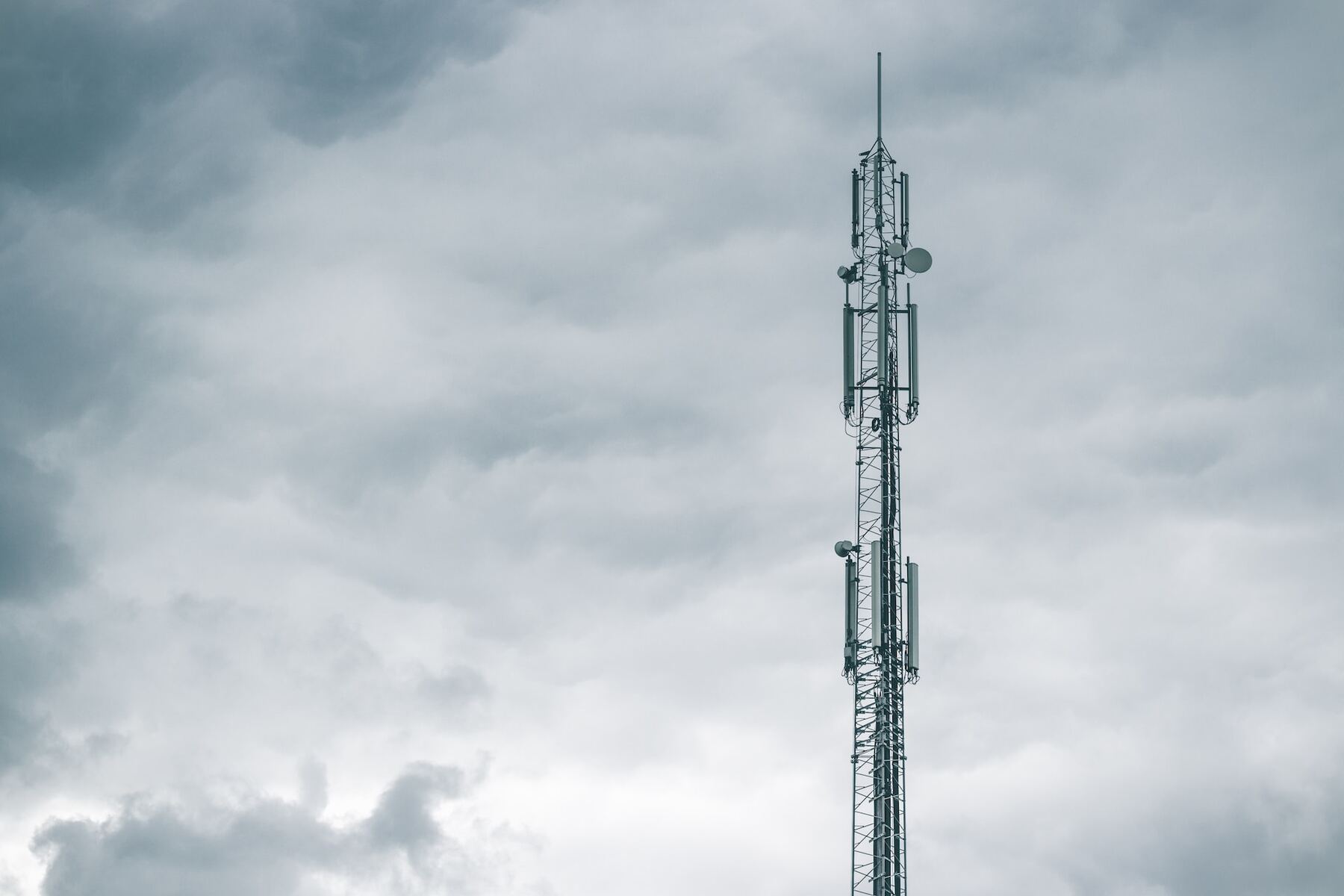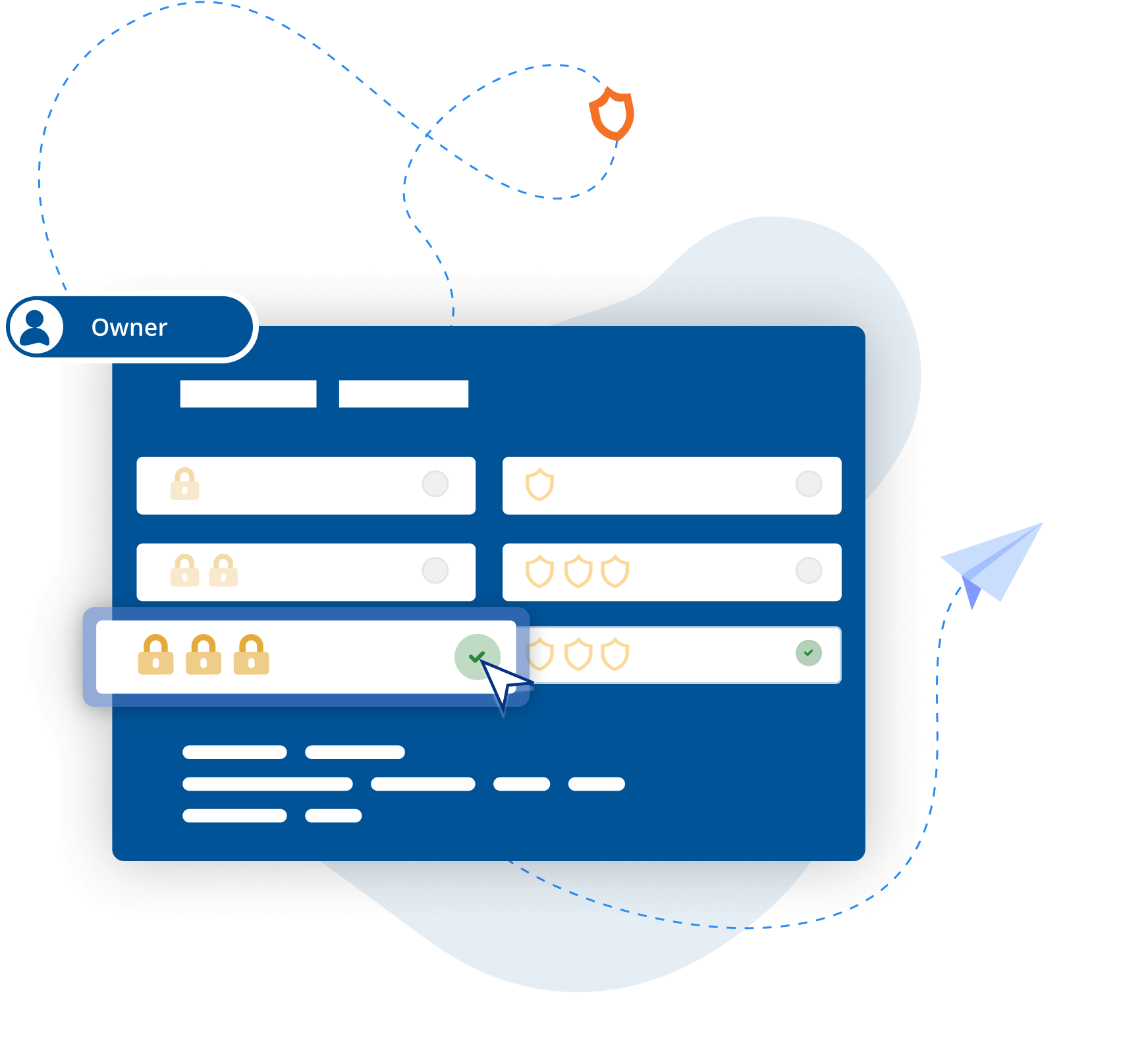Unlocking The Power Of Raspberry Pi Remote Access Software
Imagine being able to control your Raspberry Pi from anywhere in the world, whether you're lounging on the beach or stuck in a meeting. Remote access software for Raspberry Pi has revolutionized how we interact with these tiny yet powerful computers. It's like giving your Raspberry Pi superpowers, allowing you to manage it without being physically present. Whether you're a hobbyist tinkering with home automation or a professional setting up remote servers, this technology opens up endless possibilities.
So, why is everyone talking about Raspberry Pi remote access software? Well, it's not just about convenience. It's about efficiency, flexibility, and the ability to take your projects to the next level. Picture this: you're halfway through setting up a project, but you realize you forgot something important. Instead of driving back home, you can simply log in remotely and make the necessary adjustments. Sounds pretty sweet, right?
But hold up, there's more. With the right software, you can monitor your Raspberry Pi's performance, troubleshoot issues, and even set up automated tasks. It's like having a personal assistant for your tech, making sure everything runs smoothly no matter where you are. So, let's dive into the world of Raspberry Pi remote access software and see what it can do for you.
What is Raspberry Pi Remote Access Software?
Alright, let's break it down. Raspberry Pi remote access software is basically a tool that lets you control your Raspberry Pi from another device, like a laptop, smartphone, or even another Raspberry Pi. It's like giving your device a remote control, but way cooler. You can access files, run commands, and even use the graphical interface as if you were sitting right in front of it.
Now, you might be wondering, why would I need this? Well, imagine you've set up a home server or a media center using your Raspberry Pi. With remote access software, you can manage it from anywhere, without having to physically interact with the device. It's perfect for people who want to keep an eye on their projects or make quick changes without the hassle of being present.
There are different types of software available, each with its own features and capabilities. Some focus on file sharing, others on remote desktop access, and some even offer advanced security features. The key is finding the right one that fits your needs and skill level. Don't worry, we'll cover all of that in a bit.
- Could Trump Be The Antichrist An Indepth Exploration
- Unleashing The Power Of Game Awards Voting A Gamers Guide
Why Should You Use Raspberry Pi Remote Access?
Here's the deal: using Raspberry Pi remote access software can seriously level up your game. Whether you're a beginner or a seasoned pro, there are plenty of reasons to give it a shot. First off, it saves you time and effort. Instead of running back and forth to your Raspberry Pi, you can handle everything from the comfort of your couch.
Another big plus is the flexibility it offers. You can work on your projects anytime, anywhere, as long as you have an internet connection. This is especially useful if you're collaborating with others or need to troubleshoot issues on the go. Plus, it's a great way to learn more about networking and cybersecurity, which are essential skills in today's digital world.
But wait, there's more. By using remote access software, you can also improve the security of your Raspberry Pi. Most tools come with encryption and authentication features that protect your device from unauthorized access. It's like putting a digital lock on your project, keeping it safe from prying eyes.
Top Raspberry Pi Remote Access Software Options
1. VNC Connect
Let's start with VNC Connect, a popular choice for Raspberry Pi users. This software allows you to access your Pi's desktop interface from any device with a VNC viewer. It's super easy to set up and offers features like file transfer, clipboard sharing, and even remote printing. Plus, it's compatible with a wide range of platforms, so you can use it on Windows, Mac, Linux, and even mobile devices.
2. SSH (Secure Shell)
Next up, we have SSH, which is a bit more technical but equally powerful. SSH lets you connect to your Raspberry Pi via the command line, giving you full control over the device. It's perfect for those who prefer working in the terminal and need to execute complex commands. The best part? SSH is secure by default, using encryption to protect your connection.
3. TeamViewer
Now, let's talk about TeamViewer. This software is widely used for remote desktop access and offers a user-friendly interface. With TeamViewer, you can access your Raspberry Pi's desktop, transfer files, and even collaborate with others in real-time. It's a great option if you're looking for a versatile tool that's easy to use.
4. AnyDesk
Another contender in the remote access software arena is AnyDesk. It's known for its fast connection speeds and low latency, making it ideal for tasks that require real-time interaction. AnyDesk also offers features like file transfer, session recording, and multi-monitor support, making it a solid choice for both personal and professional use.
5. Chrome Remote Desktop
Last but not least, we have Chrome Remote Desktop. If you're a fan of Google's ecosystem, this one's for you. Chrome Remote Desktop allows you to access your Raspberry Pi from any device with a Chrome browser. It's simple to set up and offers a seamless experience, making it a great option for beginners.
Setting Up Raspberry Pi Remote Access Software
Step-by-Step Guide
Alright, let's get our hands dirty and set up some remote access software on your Raspberry Pi. First things first, you'll need to enable SSH or VNC on your Pi. This can be done through the Raspberry Pi Configuration tool or by editing the config file. Don't worry, it's not as scary as it sounds.
Once that's done, you can install your chosen software on both your Raspberry Pi and the device you'll be using to access it. For example, if you're using VNC Connect, you'll need to install the VNC Server on your Pi and the VNC Viewer on your other device. Follow the installation instructions carefully, and you'll be good to go.
Now, here's a pro tip: make sure to set up a static IP address for your Raspberry Pi. This will ensure that your device always has the same address, making it easier to connect remotely. Also, don't forget to configure your router to allow incoming connections on the necessary ports.
Security Considerations for Raspberry Pi Remote Access
Security is a big deal when it comes to remote access, and it's something you should take seriously. The last thing you want is someone gaining unauthorized access to your Raspberry Pi. To prevent this, always use strong passwords and enable two-factor authentication whenever possible.
Another important step is to keep your software up to date. This ensures that you have the latest security patches and bug fixes. Additionally, consider using a firewall to control incoming and outgoing traffic. It's like having a digital bouncer, making sure only the right people can access your device.
Finally, if you're accessing your Raspberry Pi over the internet, consider using a VPN. This adds an extra layer of security by encrypting your connection and hiding your IP address. It's a small step that can make a big difference in protecting your data.
Advanced Features of Raspberry Pi Remote Access Software
Now that you've got the basics down, let's explore some of the advanced features these software offer. Many tools allow you to automate tasks, such as running scripts or backups at specific times. This can save you a ton of time and ensure that important tasks are always completed.
Another cool feature is remote monitoring. Some software lets you keep an eye on your Raspberry Pi's performance, checking things like CPU usage, memory, and disk space. This is especially useful if you're running resource-intensive applications or need to troubleshoot issues.
Lastly, don't forget about collaboration features. Many remote access tools allow you to share your session with others, making it easy to work on projects together or provide support when needed. It's like having a virtual meeting room, where everyone can see and interact with your Raspberry Pi.
Common Issues and Troubleshooting
Even with the best software, you might run into some issues. Don't panic, it's all part of the learning process. One common problem is connection errors, which can be caused by a variety of factors. Check your network settings, make sure your Raspberry Pi is reachable, and verify that the necessary ports are open.
Another issue you might encounter is slow performance. This can be due to a weak internet connection, high latency, or insufficient resources on your Raspberry Pi. To improve performance, try optimizing your setup, using compression, or upgrading your hardware if necessary.
If you're still having trouble, don't hesitate to reach out to the software's support team or check out online forums. Chances are, someone else has experienced the same issue and found a solution. It's all about learning and adapting, so keep experimenting and you'll get there.
Conclusion and Call to Action
So, there you have it, a comprehensive guide to Raspberry Pi remote access software. Whether you're a beginner or a pro, there's something out there for everyone. The key is finding the right tool that fits your needs and learning how to use it effectively.
Remember, security is paramount, so always take the necessary precautions to protect your Raspberry Pi. And don't be afraid to explore the advanced features these software offer. They can take your projects to the next level and make your life a whole lot easier.
Now, it's your turn. Why not give it a try and see what you can achieve? Leave a comment below and let us know which software you're planning to use or if you have any questions. And if you found this article helpful, don't forget to share it with your friends and follow us for more tech tips and tricks. Happy tinkering!
Table of Contents
- What is Raspberry Pi Remote Access Software?
- Why Should You Use Raspberry Pi Remote Access?
- Top Raspberry Pi Remote Access Software Options
- Setting Up Raspberry Pi Remote Access Software
- Security Considerations for Raspberry Pi Remote Access
- Advanced Features of Raspberry Pi Remote Access Software
- Common Issues and Troubleshooting
- Conclusion and Call to Action
- The Inspiring Journey Of Sam Ponder From Aspiring Broadcaster To Renowned Sports Journalist
- Bitter Kola Benefits Unlocking Natures Hidden Treasures

Raspberry Pi remote access software RealVNC® Connect

Raspberry Pi remote access software RealVNC® Connect

Raspberry Pi Connect software makes remote access to Raspberry Pi